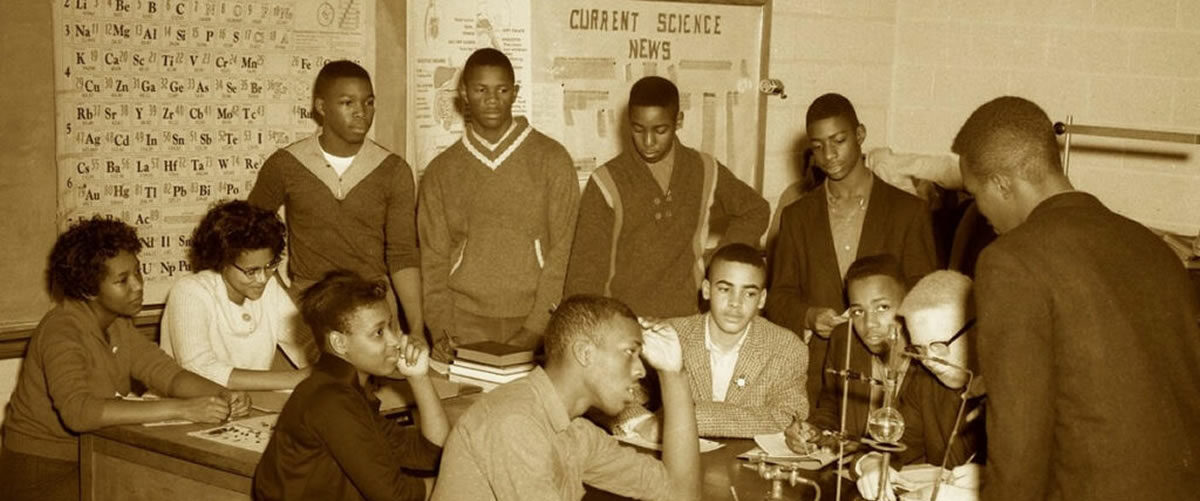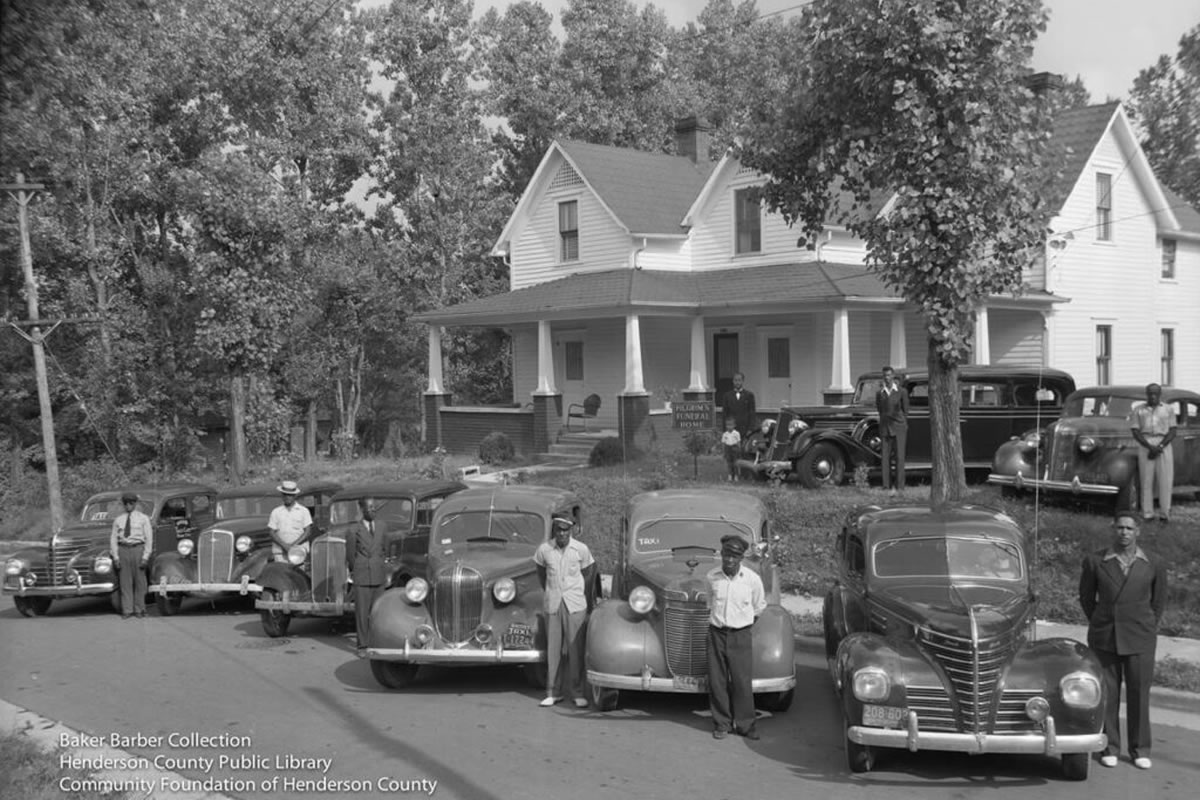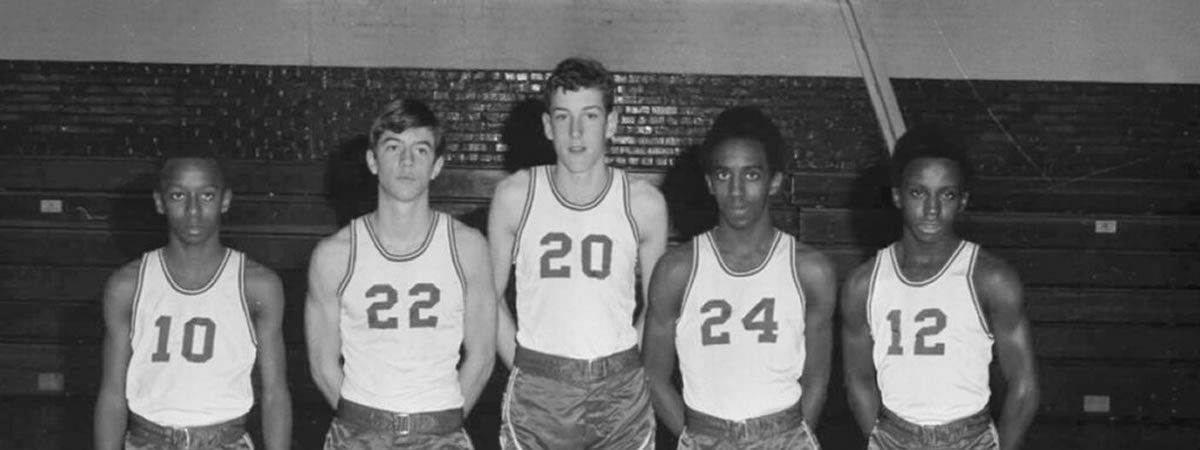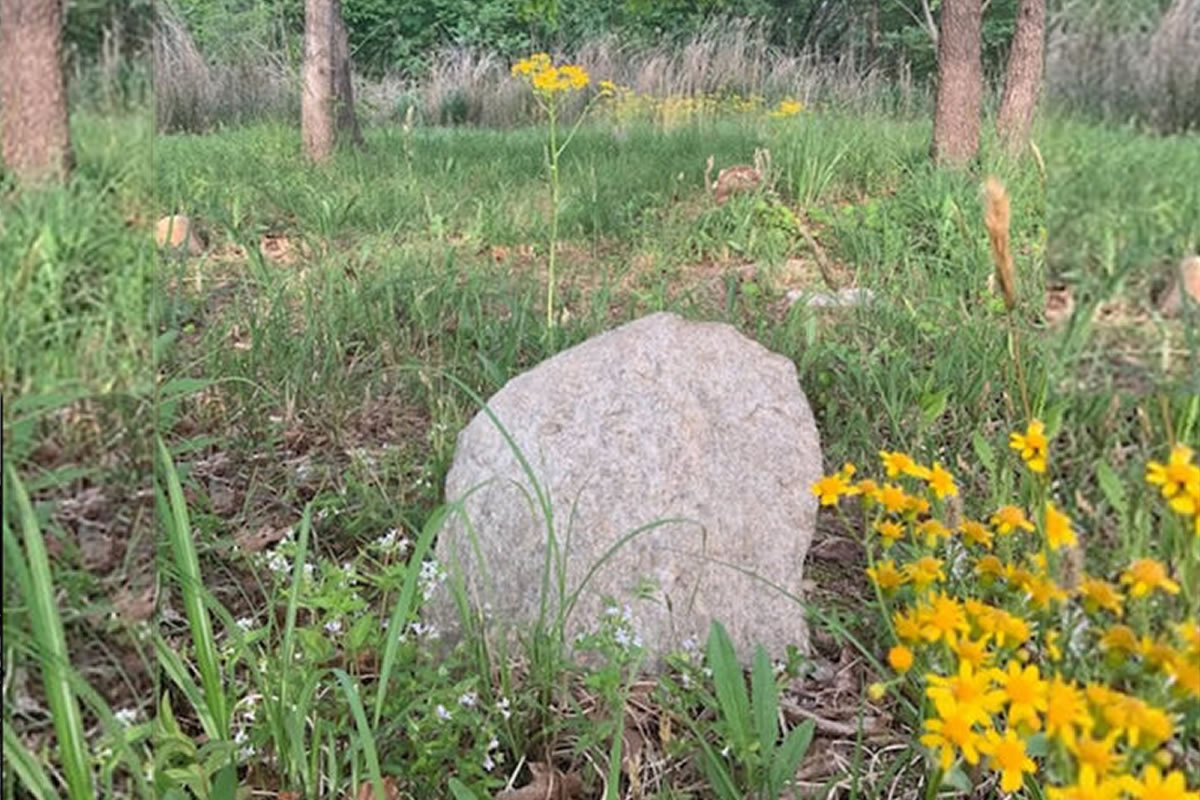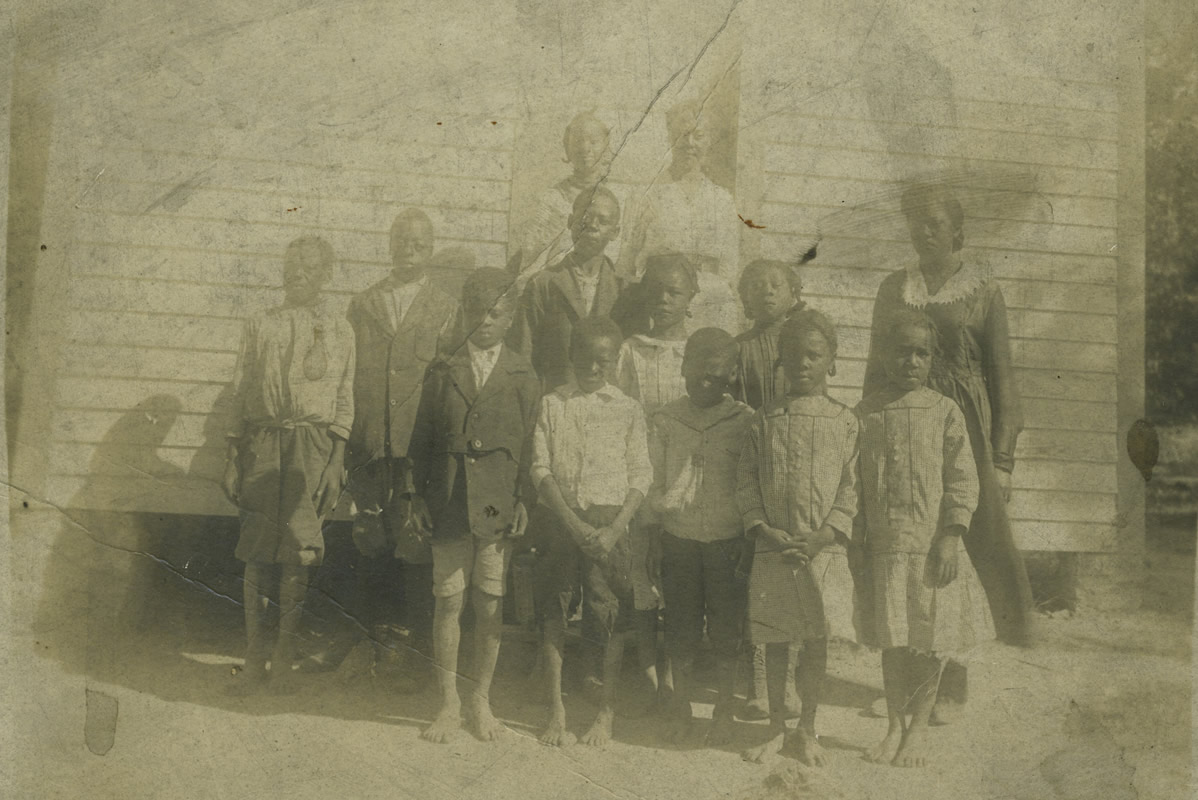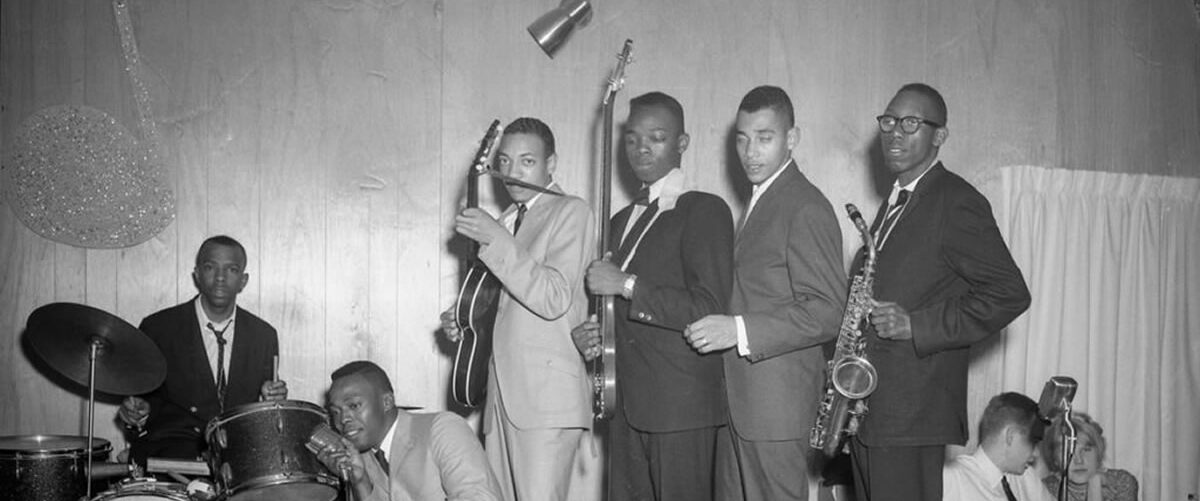Black-owned Businesses 1950-1970
The period from 1950 through 1965 brought change to Henderson County. The transition from the injustices of segregation to the equal rights guaranteed under the Constitution was a quiet, slow, and relatively smooth process. It did take courage to complete the process, but for the most part these stories went unnoticed and unreported. This period would set the stage for changes that would affect the life of Henderson County forever.
Blacks were still barred from spending the night in most of the White-owned hotels or motels in Henderson County. For Blacks traveling in the South this usually meant an all-day and all-night trip. Ozzie and Hollis Landrum were there to fill this void by starting the “Landina House,” an inn and restaurant for Black travelers. Ozzie Landrum began serving meals and making sure that there was a clean and comfortable place for Black travelers to stay. The Landrums also catered weddings, banquets, funerals, and receptions, and for 30 years, the Landina House stayed open to serve the needs of Black people. They advertised that their food and lodging were offered “at reasonable prices” and they kept to that philosophy as long as they stayed open.
In Henderson County, one by one, the institution of segregation began to crumble. In 1958 a group of Black women and children entered the Henderson County Library and asked to check out books. At that time the library (which was located on King Street on the site of the present day Chamber of Commerce) was segregated. Mary Kent Seagle, the head librarian, showed them where the books they wanted were and issued them library cards, thus quietly —but permanently — integrating the library system in Henderson County. The library was a state-funded institution and thus supported through the taxes of all the citizens of North Carolina. It wasn’t really a question in Mrs. Seagle’s mind. Fairness and the law were the issues.
There were no Black clerks working in the shops along Main Street in Hendersonville until 1959. This was the year Paul McMinn returned home after serving four years in the Navy and he was hired by Coleman Sherman as a janitor for Sherman’s Sporting Goods. After four months he was promoted. His new duties including stocking shelves, accounting for inventory, creating window displays and assisting customers with sales. Though his new role was generally accepted by his customers, he tells how one day a woman came into the store and chose some articles for purchase. When she went to the counter to pay for her goods Mr. McMinn was at the cash register to assist her. With indignation she exclaimed that she would never buy her goods from a Black man. Coleman Sherman heard the woman’s complaints and let her know that she could take her business elsewhere. After some consideration she handed Mr. McMinn her money, picked up her items and left.
There was some resistance at first, but with Mr. McMinn’s breakthrough, others along Main Street also began to employ Blacks in their shops. Mae Bell Owens was hired by Jack Schulman during the first wave of integration and Buck Smith was hired by Louis William’s to work at his hardware store. These early steps in integration were the beginning of the breakdown of the color-barrier in previously all-White held jobs.
It is a fact that many Black Henderson County natives had to leave the area to succeed in their chosen fields. However, it is remarkable the number of those in and from Henderson County who took up the challenge to succeed in education, business, the arts, and politics, and from their efforts has come a brighter hope for the future of those who followed.
From A Brief History of the Black Presence in Henderson County by Gary Franklin Green

